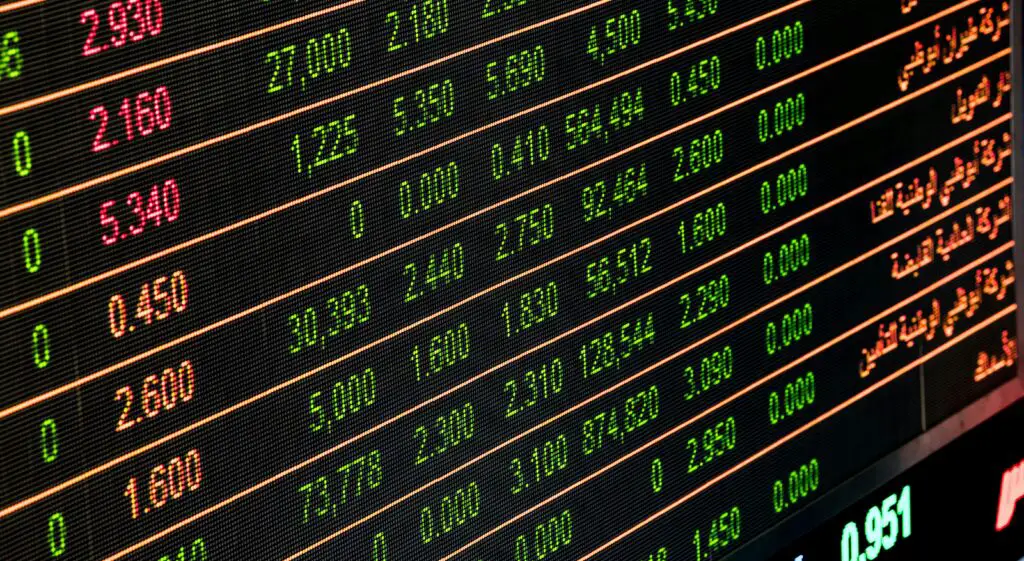
What is Technical Analysis in Forex?
Technical analysis is the study of market price, volume, and historical data to forecast future price movements. In forex, where currencies trade 24/5, technical analysis helps traders identify trends, key price levels, and high-probability setups. This guide covers core concepts, practical techniques, risk management, and SEO & link-building strategies to promote this resource and drive traffic to rfxsignals.com.
Why Technical Analysis Works in Forex
Technical analysis is based on three assumptions: price discounts everything, prices move in trends, and history tends to repeat itself. Forex markets are largely driven by sentiment, macro events, liquidity flows, and institutional order flow — all of which are reflected in price. Studying charts allows traders to interpret market psychology visually and make probabilistic decisions.
Chart Types & Timeframes
Common chart types used in forex:
- Line charts: Simple close-price line for quick trend identification.
- Bar charts: Show open/high/low/close (OHLC) useful for intraday trading.
- Candlestick charts: The most popular—candles visualise momentum and reversal patterns.
Timeframes range from ticks and minutes for scalpers to daily and weekly charts for swing traders. A multi-timeframe approach (e.g., higher timeframe trend + lower timeframe entries) is a best practice.
Support & Resistance
Support and resistance are horizontal or sloped levels where price has historically paused or reversed. Traders use them to place entries, stops, and take-profits. Validating levels with volume, previous price action, and confluence (e.g., moving averages or Fibonacci levels) improves reliability.
Indicators & Oscillators
Indicators are mathematical calculations applied to price. Popular categories:
- Trend indicators: Moving Averages (SMA, EMA), MACD.
- Momentum indicators: RSI, Stochastic — help spot overbought/oversold conditions.
- Volatility indicators: Bollinger Bands, ATR — useful for sizing and stop placement.
Indicators are tools, not signals on their own. Combine them with price action for higher-probability setups.
Price Action & Chart Patterns
Price action trading focuses on raw price without heavy reliance on indicators. Key patterns include:
- Trendlines & channels
- Head and Shoulders, Double Tops/Bottoms
- Triangles (symmetrical, ascending, descending)
- Candlestick reversals (pin bars, engulfing candles)
Pattern recognition + context (trend, support/resistance) produces cleaner entries.
Developing a Technical Strategy
Building a durable strategy requires rules and repeatability. Steps:
- Choose timeframe and instruments (e.g., EUR/USD daily swings).
- Define entry criteria (e.g., pullback to EMA + bullish engulfing candle).
- Define exit criteria (risk-reward, trailing stop rules).
- Backtest over sufficient samples and market regimes.
- Forward-test in demo with realistic execution assumptions.
Backtesting, Demo & Live
Backtesting quantifies how a strategy performed historically. Combine backtesting with demo trading to test execution and psychology, then move to live with small capital. Include commissions, spreads, and slippage in your tests for realistic results.
Risk Management Essentials
Technical setups mean very little without risk management. Key rules:
- Risk a small percentage per trade (commonly 0.5–2% of account equity).
- Use stop-losses; avoid gambler’s behavior of moving stops farther after a losing trade.
- Size position by volatility (use ATR to calculate a volatility-adjusted position size).
Common Mistakes to Avoid
- Overfitting a strategy to past data without considering market regime changes.
- Using too many indicators that give conflicting signals.
- Ignoring trade management and letting winners turn into losers.
Tools & Platforms
Choose platforms that offer reliable data, charting, and backtesting. Popular options include MetaTrader 4/5, TradingView, and proprietary broker platforms. RFXSignals offers curated signals and educational material to help traders combine technical analysis with actionable setups.
SEO & On-Page Structure (what this HTML includes)
This page includes structured headings, meta tags, Open Graph data, and breadcrumb schema for search engines. To further optimize:
- Improve page speed: compress images, use critical CSS, and leverage browser caching.
- Optimize for featured snippets: include short definitions and lists near the top.
- Use semantic HTML and accessible ARIA attributes where appropriate.
Link-Building & Redirect Strategy (for rfxsignals)
High-quality editorial backlinks boost authority. Consider the following tactics with careful redirect usage to preserve link equity.
Content & Outreach
- Publish detailed guides, cheat sheets, and downloadable PDFs that other sites want to cite.
- Guest post on finance and trading blogs, linking contextually to this guide with anchors like "technical analysis forex".
- Participate in expert roundups and HARO to earn authoritative mentions.
Redirect Best Practices
- Use 301 redirects for moved or consolidated content to keep link equity pointing to
https://rfxsignals.com/what-is-technical-analysis-forex. - Avoid redirect chains (A → B → C). Keep redirects single-step and documented.
- For campaign tracking, use query parameters on canonical landing pages (example:
https://rfxsignals.com/go/tool?utm_source=partner) and ensure canonical tags are set correctly.
Internal Linking Examples
Example internal links to add on this and related pages:
- Top Candlestick Patterns — link from the "Price Action" section.
- Forex Indicators Guide — link from the "Indicators & Oscillators" section.
- Backtesting Tutorial — link from the "Backtesting" section.
Ready to Apply Technical Analysis?
Practice with our demo signals and curated setups. Use the RFXSignals educational hub to speed up your learning curve.
Start Free Demo with RFXSignalsConclusion
Technical analysis is a powerful framework for interpreting market behavior in forex, but it must be combined with solid risk management and disciplined execution. Use charts, indicators, and patterns as tools—not guarantees—and continuously test and adapt your approach. Implement the SEO and link-building strategies above to help this guide reach traders who will benefit from RFXSignals' resources.


























